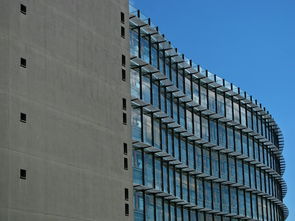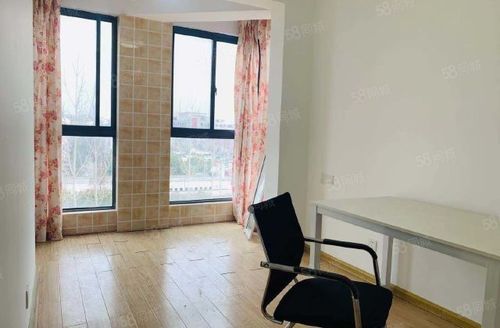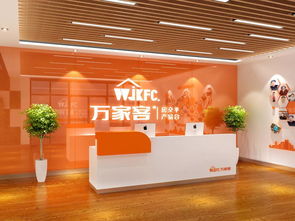Title: Collaborative Architecture: A Journey Through Creativity with a Design Partner
As a seasoned architect, I have always believed that design is not just about individual talent, but a symphony of ideas, perspectives, and collaboration. In this digital realm, working with a design partner has become an integral part of my creative process. The shared vision, exchange of ideas, and constructive feedback are the engines driving the creation of innovative structures that not only stand out but also serve their purpose effectively.
Our first meeting was like a spark, igniting a flame of inspiration. We were introduced through mutual acquaintances in the industry, both passionate about pushing boundaries in architecture. Our initial discussions were centered around our shared vision for sustainable buildings, a principle we held dear. We believed that design should not only be aesthetically pleasing but should also contribute positively to the environment and the communities they serve.
The project we chose was a mixed-use development in a rapidly urbanizing city. It was more than just a building; it was a symbol of the community's aspirations and resilience. We started by delving into the local culture, history, and climate, understanding how these elements would influence the design. This deep dive was a testament to the power of effective teamwork - each of us brought unique insights and experiences to the table.
Our approach involved a rigorous analysis of zoning laws, building codes, and energy efficiency standards. We knew that every decision had to be backed by data and feasibility studies. This process required open communication and constant feedback, as we would often bounce ideas back and forth, refining our design until it met the technical requirements while staying true to our creative vision.
The design evolved as we incorporated sustainable features such as solar panels, rainwater harvesting, and green roofs. We also made sure to incorporate communal spaces that fostered interaction and community engagement. These aspects of our design reflected our belief in architecture as a public space, not just a private residence.
The design process was not without its challenges. There were times when we disagreed on aesthetic choices or the feasibility of certain concepts. However, these disagreements were not conflicts but opportunities for learning and growth. We respected each other's opinions and used them constructively, finding common ground in our shared commitment to excellence.
Our partnership transcended the physical workspace. We utilized modern technology to facilitate virtual meetings, share designs, and collaborate on document reviews. This allowed us to work efficiently, despite the distance, and maintain a strong bond. It was a testament to the power of digital tools in enhancing collaboration in architecture.
Once the plans were final, we presented our design to the client and the public. The response was overwhelming, a validation of our collaborative efforts. The building became not only a beautiful structure but also a catalyst for change, contributing to the urban fabric and enriching the lives of those who inhabited it.
In conclusion, collaborating with a design partner has been an enriching experience. It has expanded my skillset, broadened my perspective, and deepened my understanding of what architecture truly means. The journey from concept to realization is not just a technical exercise, but a journey of shared ideas, trust, and passion. As architects, we are not just creating buildings; we are shaping the world around us, one design at a time. And in that sense, every partnership is a valuable lesson in the art of design.











